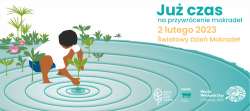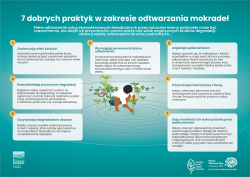 Asset Publisher
Asset Publisher
The State Forests National Forest Holding
The State Forests National Forest Holding is the largest organisation in the European Union managing forests, which belong to the State Treasury and celebrating its 90 anniversary this year.
Presently, we manage the area of one third of Poland's territory. Not long after the end of the Second World War, there was only 21 % of the area. Every year we plant 500 million of new trees, as we want Polish forests grow all the time.
Every year Polish foresters plant 500 million of trees.
85 % of nature reserves in Poland are located within the State Forests. 40 % of the forests managed by General Directorate of the State Forests are protected within the framework of European network Natura 2000. We fight against many threats: natural disasters, plaques of insects, trees' diseases, fires, pollutions, as well as poaching and vandalism.
We take care the forestry supplying the market with timber, as ecological and universal material, to be carried on in accordance with rules of balanced development (photography P.Fabjański).
One of our major tasks is making forests accessible to the society. We invite you to take advantage of these beautifully located within the forest wilderness holiday resorts, forester's lodges or guest rooms. That is for you, we create thousand kilometres of hiking trails, cycling paths or camping sites. All the above mentioned, you can find in service www.czaswlas.pl.
We also take care the forestry supplying the market with timber, as ecological and universal material, to be carried on in accordance with rules of balanced development. We obtain over 30 million of cubic meters of wood annually, twice as much as at the beginning of the nineties of the XX century.
Despite of this, the average of wood abundance per hectare of our forests is one fourth bigger than 20 years ago and 40% bigger than the average of European Union currently amounts.
In Poland in sectors connected with the forestry, there work about 375 thousand of people. It means that each 40 working Pole works in the forest.
In Poland in sectors connected with the forestry, there work about 375 thousand of people. It means that each 40 working Pole works in the forest. The sector of wood processing works out approximately 8 % of our GDP (Gross Domestic Product). Among others, thanks to the timber from the State Forests Poland is the 10 largest producer of furniture in the world, and the 4 largest furniture exporter.
The State Forests employ 25 thousand people. That way we are the 9 biggest employer in Poland. Among the largest companies in our country it takes 22 place in respect of its incomes and 11 place in respect of its profits. The value of assets, we manage, reaches 300 million zl. If we add social values, it will be worth one billion zlotych. We do not use money from the budget, but we earn money on our own to support the business. In spite of the financial crisis, since 2002, we continuously note down profits. Moreover, we pay taxes amounting 1,3 billion zl annually.
87 % of Poles think, the foresters are competent. We willingly share our knowledge of Polish forests, of their history and of nature values with the others. We publish books, periodicals, brochures; we also administer the website www.lasy.gov.pl . For children, the youth and teachers, we prepared internet service "E-lynx' Lynx Forest" (www.erys.pl). Our staff has supported schools in field of nature education for years. We also organise many actions to let people broaden their knowledge about forest, nature and ecology.
 Asset Publisher
Asset Publisher
Już czas na przywrócenie mokradeł
Już czas na przywrócenie mokradeł
W dniu 2 lutego obchodzony jest Światowy Dzień Mokradeł.
Jest to światowa kampania, której celem jest podnoszenie świadomości społecznej o roli terenów podmokłych w przyrodzie. Co roku obchodzona jest 2 lutego – na pamiątkę podpisania w 1971 r. międzynarodowej Konwencji o obszarach wodno-błotnych (tzw. Konwencja Ramsarska).
Dotychczas ratyfikowały ją 172 państwa, które wyznaczyły ponad 2 500 obszarów wodno-błotnych o międzynarodowym znaczeniu. Polska jest stroną Konwencji od 22 marca 1978 r., i zgłosiła na listę 19 obszarów wodno-błotnych.
Zgodnie z treścią Konwencji Ramsarskiej, obszarami wodno-błotnymi są „...tereny bagien, błot i torfowisk lub zbiorniki wodne, tak naturalne jak i sztuczne, stałe i okresowe,
o wodach stojących lub płynących, słodkich, słonawych lub słonych, łącznie z wodami morskimi, których głębokość podczas odpływu nie przekracza sześciu metrów”.
Strony Konwencji, w tym również Polska, zobowiązane są do:
- mądrego użytkowania wszystkich mokradeł,
- włączenia obszarów spełniających kryteria na listę obszarów wodno-błotnych
o międzynarodowym znaczeniu i zapewnieniu im skutecznego zarządzania, - współpracy międzynarodowej w ochronie mokradeł transgranicznych.
Ważnym aspektem włączenia obszarów wodno-błotnych na listę Ramsar jest charakter ekologiczny obszaru.
Konwencja definiuje mądre użytkowanie terenów podmokłych jako „utrzymanie ich ekologicznego charakteru, osiągnięte poprzez wdrożenie podejścia ekosystemowego, w kontekście zrównoważonego rozwoju”. Rozsądne wykorzystanie można zatem postrzegać jako ochronę i zrównoważone użytkowanie terenów podmokłych oraz wszystkich świadczonych przez nie usług z korzyścią dla ludzi i przyrody.
Jaka jest rola obszarów wodno-błotnych?
Tereny podmokłe magazynują wodę i podnoszą jej jakość, zapewniając odporność na suszę. Chronią przed powodziami i skutkami nawalnych deszczy. Na całym świecie mokradła dostarczają żywności, zapewniają transport wodny i rekreację. Utrzymują różnorodność genetyczną, biocenotyczną i ekosystemową, odgrywają kluczową rolę w cyklach życiowych wielu gatunków oraz w corocznych wzorcach migracyjnych.

Co zagraża mokradłom i jak możemy je chronić?
Tereny podmokłe ulegają degradacji i utracie na skutek rosnących wymagań coraz liczniejsze populacji ludzkiej. Nadmierna eksploatacja terenów podmokłych coraz bardziej zagraża ich zdolności do świadczenia niezbędnych nam usług. Aby temu przeciwdziałać, musimy zapewnić mądre zarządzanie terenami podmokłymi i znajdującą się w nich wodą, przywrócić zdegradowane tereny podmokłe i stworzyć nowe, jeśli to konieczne, aby odzyskać usługi, których potrzebujemy.
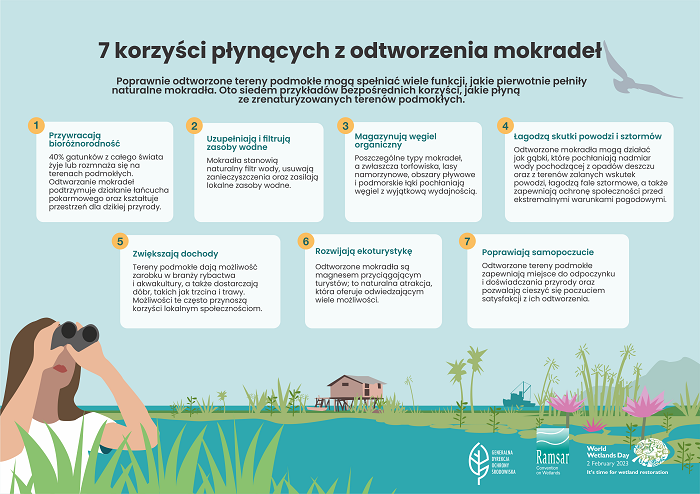
Zapraszamy do zapoznania się z materiałami dotyczącymi kampanii umieszczonymi
w plikach do pobrania.


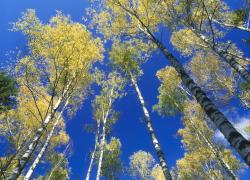 fot. Paweł Fabijański
fot. Paweł Fabijański
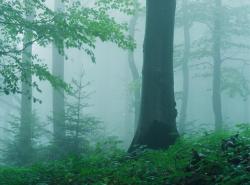 fot. Paweł Fabijański
fot. Paweł Fabijański
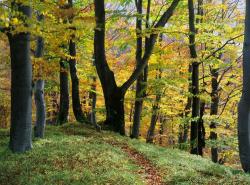 fot. Paweł Fabijański
fot. Paweł Fabijański

